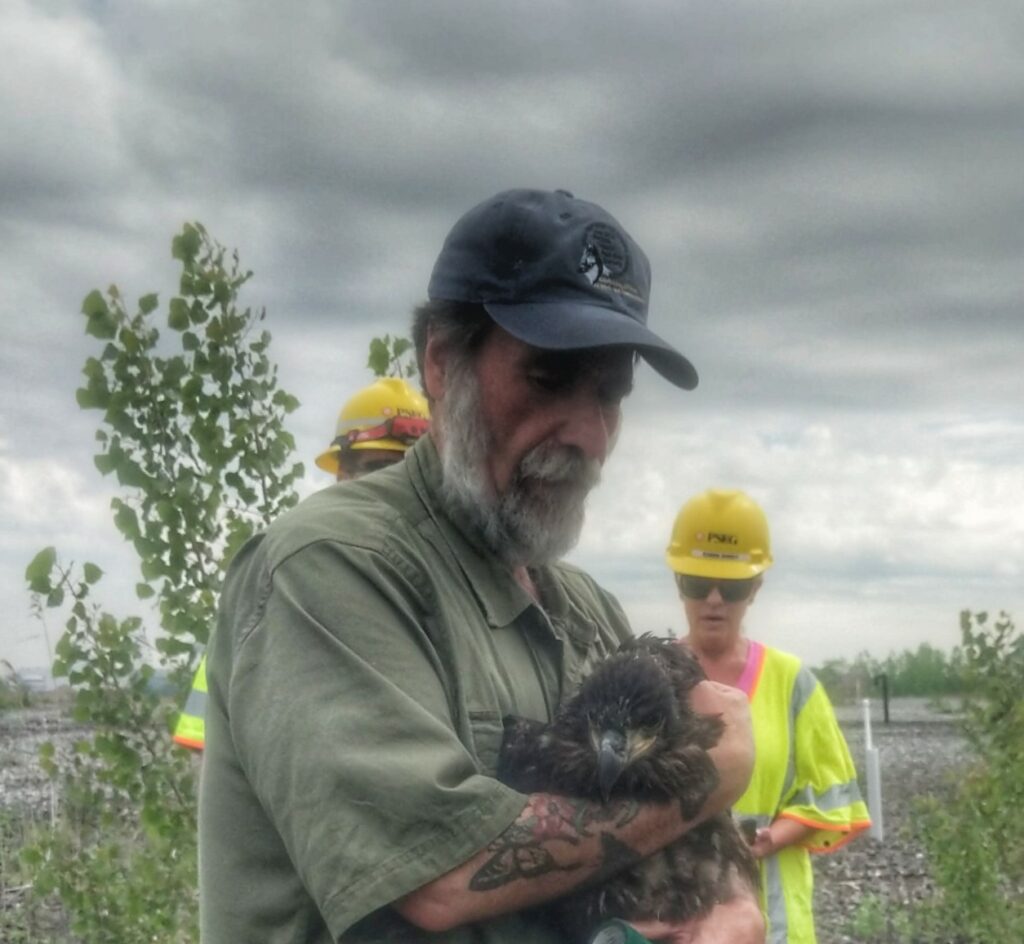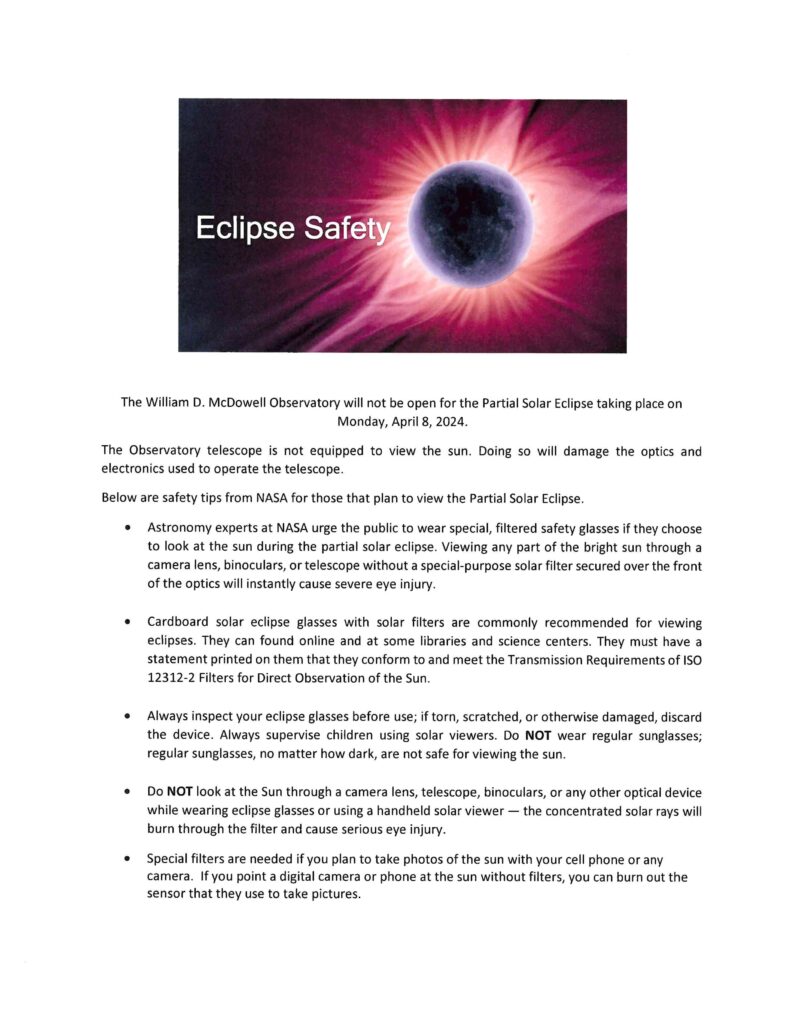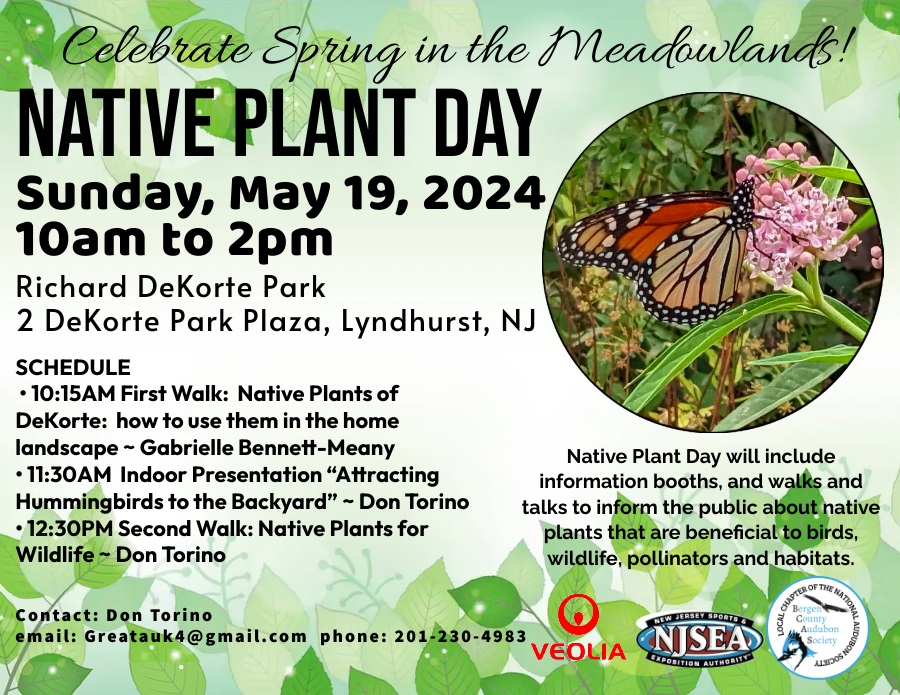
The day started much like any other. As usual, I was scrambling around the house trying to get out the door. It was going to be a beautiful day, so I thought I get some work done at a local butterfly garden project. I got my jacket on and a call came in from Chris, “I am heading out to check on one of the Eagles nests.” Great, I said, let me know what’s going on. “Will do,” Chris came back.
I made it to the garden, removed some invasives, added a few natives, did some pruning and spread some mulch. Then a text message came in from Dee, “Switch at 9:21.” This meant the nesting Eagles in Ridgefield Park traded off caring for the nest, an exciting event in the world of Eagle nest monitors. Great news Dee! I said. Just then a text from Chris, “I see a chick, all is good.”
I was packing up quickly and got a text from Jimmy, “Our Purple Martins are back at Overpeck !” I will be right there! I said.
Jimmy and I sat on the bench, two old timers just watching these great birds finally return home again. We talked of how hard he worked to get them here and like a mother hen how he was so relieved to see them arrive. Then Jimmy got up quickly. “I have to go, I am off to do my Osprey nest observations, talk soon.”
Then I headed for the Frank Chapman trail in Teaneck to do some trail maintenance and check on things. Half-way down the trail I saw a man wheeling a hand truck with a bucket and shovel. I I admit that at first I thought the worst until I noticed it was Rich, the Bluebird nest box man! What’s going on? I asked with a big smile. It’s been a while! “Planting some trees today,” Rich said. “I had some good trees potted and thought you could use them here.” Of Course! We walked along the trail together, talked about bluebirds, eagles, trees and getting old. “See you soon my friend,” Rich said
Back in the truck, I was headed to Oradell to talk with a perspective Eagle Scout that wants to put a garden in to help the Monarch Butterflies. It’s always a great day when I meet wonderful young people that want to give something back.
A text came in from Tammy, (“Just off of doing observations for NJDEP on a local Peregrine nest.” She is organizing all the volunteer Master Gardeners for Tuesday’s Butterfly Garden workday. “What do you need Don? Getting ready for Earth Day?” We sure are Tammy, see you there!
The scout and his Mom talked more with me on how much we need native plants and how important his project will be to the Monarchs and all wildlife of the area. We agreed to talk more. Before I left I texted Maryann and asked if she would do some observations for NJDEP at a Black-crowned Night Heron roost. “Sure thing, Don. Consider it done.” Now I was headed home after a long day.
This is a typical day for all these volunteers. No one gets paid. Their pictures are not in the paper. They hold no trophies or have any letters after their names. By the way this was not Earth Day, at least not the Earth Day on the calendar. Because as corny as it sounds, everyday is Earth Day for these amazing people whom I am so proud to work with and call friends.
The real Earth Day is not about people posing next to a solar panel for a photo-op or some corporate spokesperson telling you why their new EV will save the world if you would only buy it. Earth Day is also not about sitting behind a computer and signing petitions or posting nifty Earth Day sayings on social media.
It is about individuals caring, doing what they can, getting outside, joining together and supporting each other and the people that do the right thing to protect the environment. You know, the one we all need and love. In the labor movement, the battle cry was always, “Organize.” I think we need to add that to the Earth Day label. “Organize! It’s Earth Day.” We have come to the crossroads, there is no going back. We will either save the Earth for future generations or stand around and wait for someone else to do it. If that someone else ever shows up.
A text comes in from Dee. “Switch at 6:47p.m. Have a great night.”
Happy Earth Day!
See you in the Meadowlands
Don










